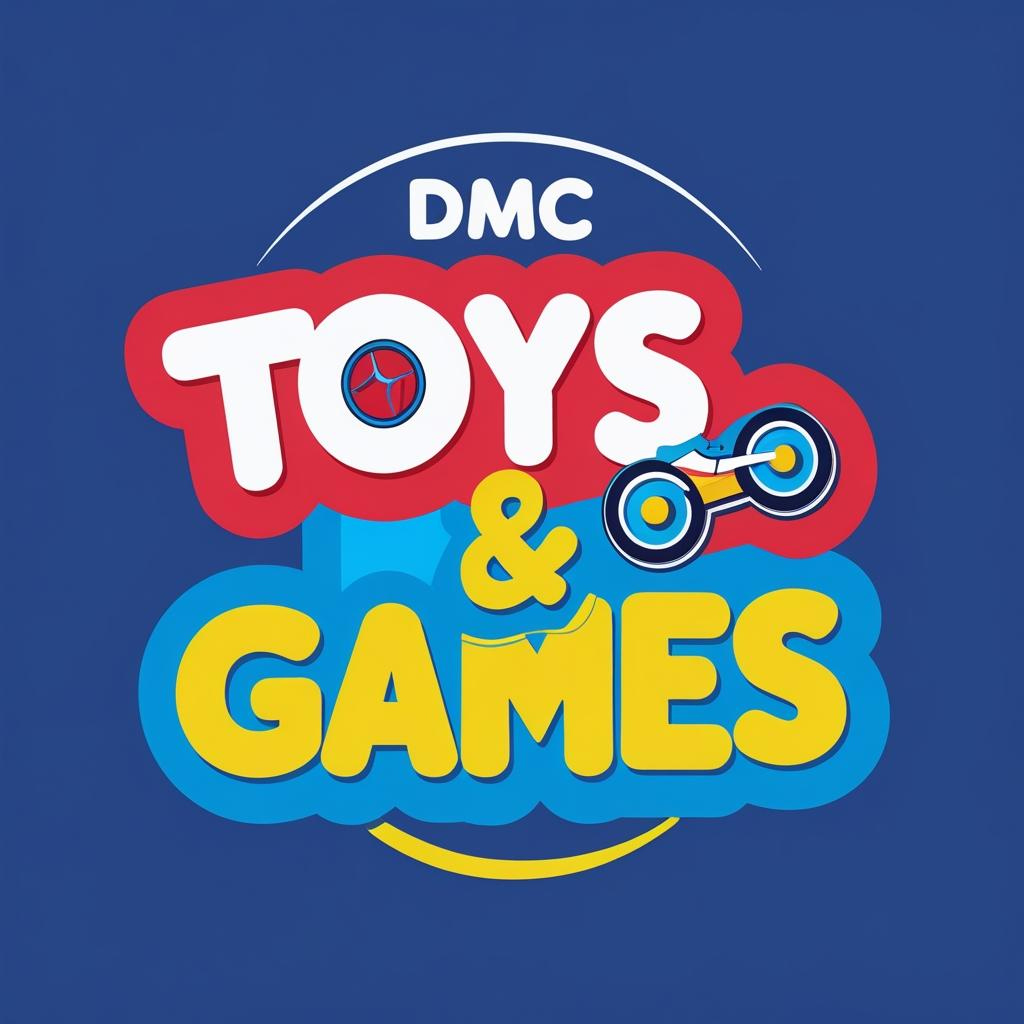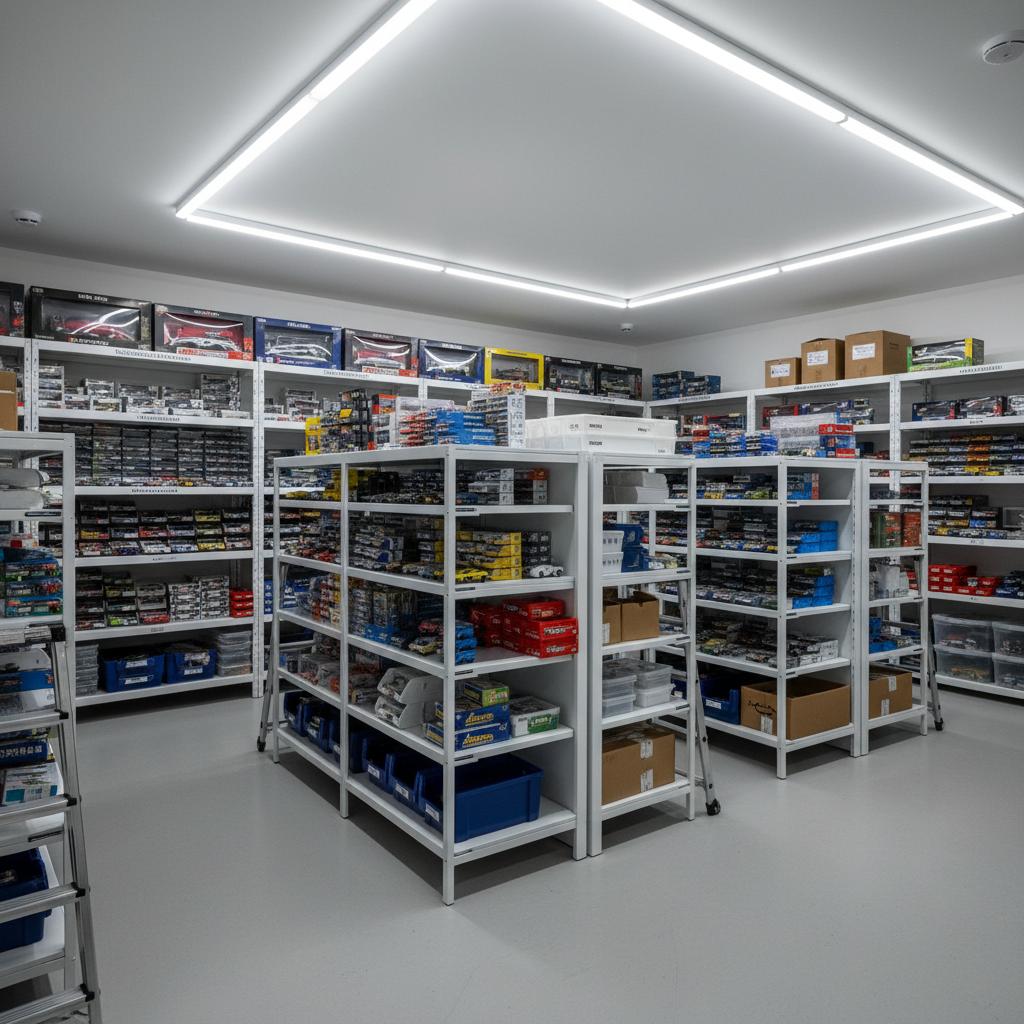In the world of diecast and resin model cars, enthusiasts often marvel at the intricate details and craftsmanship that go into each piece. However, behind every beautifully crafted model lies a significant investment of time, money, and resources. For those curious about what it takes to bring a new model car to market, we’ve broken down the costs involved in the production process.
Design and Development
The journey begins with the design and development phase. This initial stage is crucial for setting the foundation of a high-quality model car.
Concept Design: £1,000 - £5,000
- This involves photographing (standard and 3D), sketching and conceptualising the model, ensuring it captures the essence of the real vehicle.
Detailed Engineering Design: £5,000 - £20,000
- Detailed designs are created using CAD software, defining the precise dimensions and features of the model.
Prototype Development: £2,000 - £10,000
- Prototypes are built to test the design’s feasibility and make necessary adjustments before mass production.
Tooling and Moulds
Once the design is finalised, the next major step involves creating the tooling and moulds.
Die-casting Moulds: £20,000 - £50,000+
- Used for metal parts, these moulds are crucial for creating durable and detailed diecast components.
Injection Moulds for Plastic Parts: £10,000 - £100,000+
- These moulds are essential for producing plastic components of the model car.
The complexity of the model significantly influences these costs. More intricate designs require more sophisticated moulds, driving up expenses.
Materials
The choice of materials impacts both the quality and cost of the final product.
Resin: £2 - £5 per model
- Commonly used for detailed parts due to its versatility and ease of use.
Die-cast Metal: £3 - £10 per model
- Provides durability and a premium feel, often used for the body and other structural elements.
High-end materials, such as specialised plastics or alloys, can increase costs further.
Manufacturing
Manufacturing costs encompass labour and production expenses, which vary based on the location of the manufacturing facility.
Labour Costs:
- Lower in countries like China and Bangladesh, higher in Europe.
Production Volume:
- Higher volumes generally reduce the per-unit cost.
Packaging and Distribution
Packaging and distribution are vital for ensuring the model car reaches customers in perfect condition.
Packaging Design and Production: £1 - £5 per unit
- Includes designing and producing boxes that protect and showcase the model.
Distribution Costs:
- Depend on shipping distance and logistics.
Licensing Fees
For models replicating real cars, licensing fees are paid to the original car manufacturer. These fees can vary greatly depending on the brand and the terms of the agreement and will be significantly higher for motorsports models with multiple sponsors and drivers.
Licensing Fees: £10,000+
- Fees can range from a few thousand to tens of thousands of pounds.
Marketing
Finally, marketing and sales efforts are crucial to drive awareness and demand for the new model car.
Marketing Campaigns: £5,000 - £50,000+
- Includes advertising, promotions, and events.
Example Cost Estimate
To illustrate, let's consider a mid-range diecast model car with moderate detail, produced in a batch of 10,000 units:
Design and Development: £20,000
Tooling and Moulds: £50,000
Materials and Manufacturing: £5 per unit (£50,000 total)
Packaging and Distribution: £2 per unit (£20,000 total)
Licensing Fees: £10,000
Marketing: £15,000
Total Estimated Cost: £165,000
This results in a per-unit cost of £16.50. However, it’s important to note that these costs can vary significantly based on the specific factors mentioned above.
Cost Reduction Strategies
One effective way to reduce per-unit costs is to produce the same model in different colours. By reusing the same moulds and tooling, manufacturers can spread the initial investment over a larger number of units, thereby reducing the overall cost per model.
Conclusion
Producing a new model car is a complex and costly endeavour that requires meticulous planning and investment. From the initial design to the final marketing push, each step involves substantial financial outlays. It's essential to remember that these costs do not include profit margins for the manufacturer, distributors, or retailers like us.
When you ask us, "Why isn't there a model of...?" the detailed cost breakdown above is probably the reason. The significant investment required to bring a new model to market means manufacturers must carefully select which models to produce.
Understanding these costs helps appreciate the value and craftsmanship that go into every model car, making them cherished items for collectors and enthusiasts alike. Stay tuned for more insights into the fascinating world of model car production, and keep appreciating the artistry behind every miniature marvel.






Share:
From Concept to Collection: The Journey of Mass Producing Diecast and Resin Models
The Iconic Batmobile Returns: Pre-Order Your 1:46 Scale Corgi Batmobile Model Today!
2 comments
Very informative
Most informative thank you